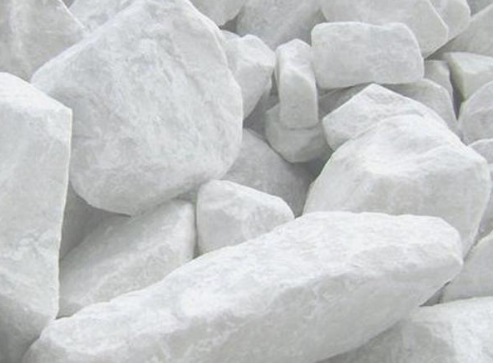- Understanding the Role of Geomembrane Liners in Waste Management
- Innovations in Geomembrane Liners for Water Management
- Geomembrane Liners: A Comprehensive Guide
- The Future of Geomembrane Liners in Civil Engineering
- Geomembrane Liners: Enhancing Landfill Stability
Manager:
WhatsApp:+86 177 0135 2670
Tel:+86 177 0135 2670
Email:marketing@okorder.com
Address:3rd Floor, No.2 Building, No.1 Sanlihe Road
How long does it take for bentonite to swell?
Bentonite, a versatile clay material, is used in different industries ranging from beauty products to the building. Notably the Bentonite Blanket has found major use in environmental engineering for containment purposes. It is important to understand the swelling properties of bentonite as this determines its efficacy in such applications. This article seeks to answer the question of how long does it take for bentonite to swell?

What is Bentonite?
Let’s first understand what bentonite is before exploring its swelling properties. It is a kind of volcanic ash clay. Montmorillonite, which is a type of expanding clay mineral, forms the major component of this clay while other minerals such as feldspar and gypsum form part of it. This unique property makes it highly absorbent and expandable when it comes into contact with water.
The Bentonite Blanket
Bentonite blankets are engineered materials used primarily within environmental applications for waterproofing and sealing purposes. They are commonly used in landfill liners, pond liners and other containment systems that prevent migration of contaminants. In most cases, bentonite blankets comprise a layer of bentonite sandwiched between two geotextile layers. On hydration, bentoniteswells forming dense impermeable barrier effectively sealing off underlying substrate.
Swelling Mechanism of Bentonite
This incredible swelling capability arises from unique structure at molecular level of montmorillonitic clays (Kunze 2016). Individual platelets making up smectites have negatively charged surfaces which attract and hold cations having positive charges like Na+ or Ca++. These exchangeable cations occupy an interlayer space between clay platelets whenever not wetting its natural state.
When water contacts with bentonites, hydration commences during this time direction (Scottish Plastics Federation n.d.). Water molecules penetrate the interlayer spaces, causing swelling of the clay platelets and their separation. Consequently, a substantial increase in its volume is observed due to formation of a gel-like mass. This enhances further the swelling process through exchange of cations with water molecules.
Factors Affecting Swelling Time
The time taken for bentonite to swell is determined by various factors including
1. Particle Size: Fine particles of bentonite are likely to hydrate more quickly than coarse ones because they offer larger surface area for water absorption.
2. Temperature: The higher temperature, the quicker swelling occurs because it helps increase mobility of H2O molecules inside structure of bentonites.
3. Confining Pressure: Higher pressures may decelerate rate at which swells taking place; hence confining pressure affects swelling rate.
4. Initial Moisture Content: Furthermore, initial moisture content in bentonite also plays pivotal role whereby drier bentonite requires more time for complete hydration.
Experimental Studies
It has been established several experimental studies on different conditions related to the behavior of Bentoniteswelling have been carried out (Kunze 2016). These involve monitoring expansion in volume over time of samples using oedometer tests and swell index techniques among others. Results from such studies provide useful insights into this type of information regarding methods that can be used to optimize application engineering projects on kinetics associated with swelling phenomenon.

Conclusion
In conclusion, the bentonite’s swelling time depends on different factors including particle size, pressure, temperature, initial moisture content. Engineers can only predict the kinetics of hydration for bentonite in engineering applications like Bentonite Blankets if they know these conditions. Thus based on this information; the installation process can be optimized by engineers for effective performance of sealing and waterproofing applications using bentonite-based containment systems."
- Previous:Does bentonite go bad?
- Next:What happens when bentonite gets wet?
-
2024-05-15How long does bentonite waterproofing last?
-
2024-05-15What is bentonite used for?
-
2024-05-15What happens when bentonite gets wet?
-
2024-05-15Does bentonite go bad?






